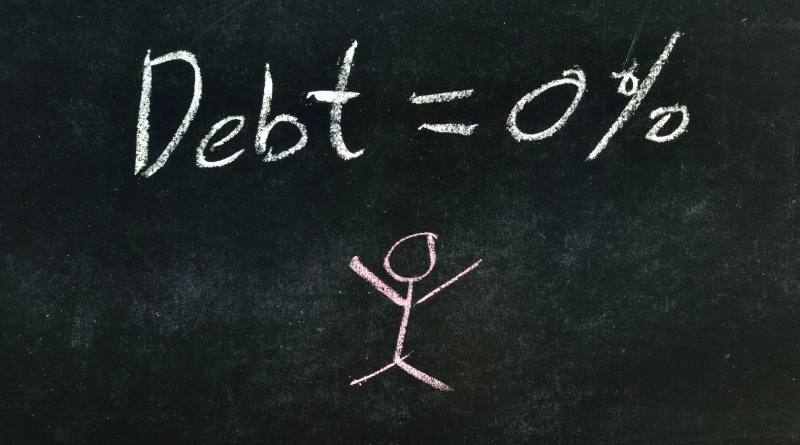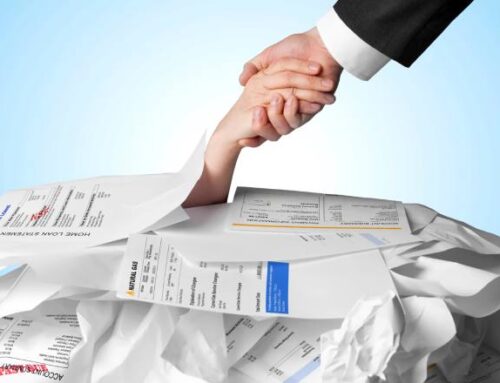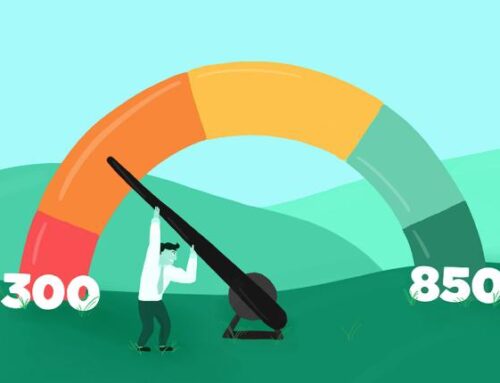Looking for a Solid Plan?
The most fundamental debt reduction strategies are built around creating a budgeting program and following through with it. You can hire the services of one of the many debt reduction companies if you need to, but if you can self-manage yourself, you can just as easily create your own debt reduction plan.
1. Create Your Budget
Creating a household budget is the first step toward reducing your debt and getting control of your finances. Your budget is your roadmap. It tells you in black and white how much money you have coming in each month and where it’s going. Seeing the financial figures laid out in stark black and white terms in front of you lets you avoid the trap of thinking that you have more money than you really do. A written budget gives you a much more realistic viewpoint of your actual financial condition which allows you to handle them more realistically.
Your budget can be on regular paper or it can be on a computer. Use whatever is most convenient for you. But it must exist on paper. Having it in your head is not enough – because it won’t seem real.
2. Set Your Payment Reduction Goals
Now that you have a good idea of all of your income and expenses, start to lay out your debt reduction goals. Figure out the minimum amount of money that you can pay on each debt and enter that into your budget. Now, figure out how much money you have left over to pay your debts. Allocate this extra money to pay the debt on which you are paying the highest interest rate.
For example, if you have two debts that you have to pay down and one is 18% annual interest rate and the other is a 10% annual interest rate, the extra money should go toward the debt with the 18% rate. Once this debt is completely paid off, apportion the extra money to the next highest interest rate and carry on as before.
3. Monitor Your Budget
This is the most time-consuming part, and you will have to do this every month until your debts are paid. At the end of every month, review the income and payments for that month. Make any adjustments necessary to the payment amounts. Then continue to make your payments on schedule.
If you follow this plan, you’ll see your debt slowly but inexorably decreasing over the months. If your total debt is large, this will take some time, but sticking to your plan is the real key.
Many times, there is no reason to pay for a third-party debt-relief service.
During the course of the year, there will probably be some months where you have emergency expenses that are not in the plan. Don’t worry about it. Alter the plan for that month and continue on with your budget as soon as you can.






